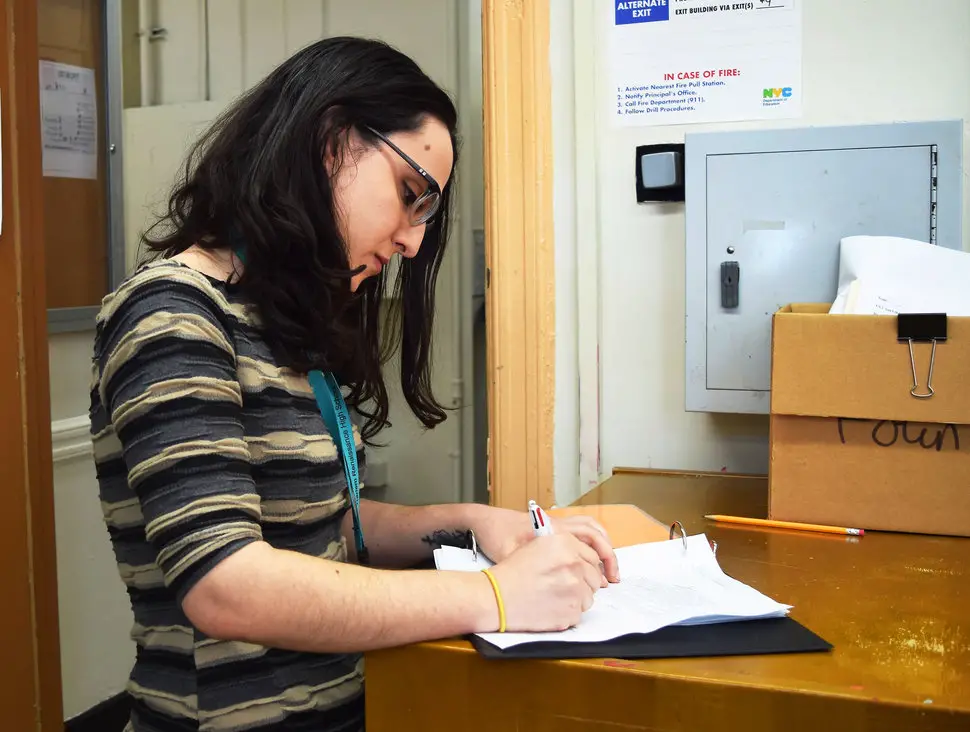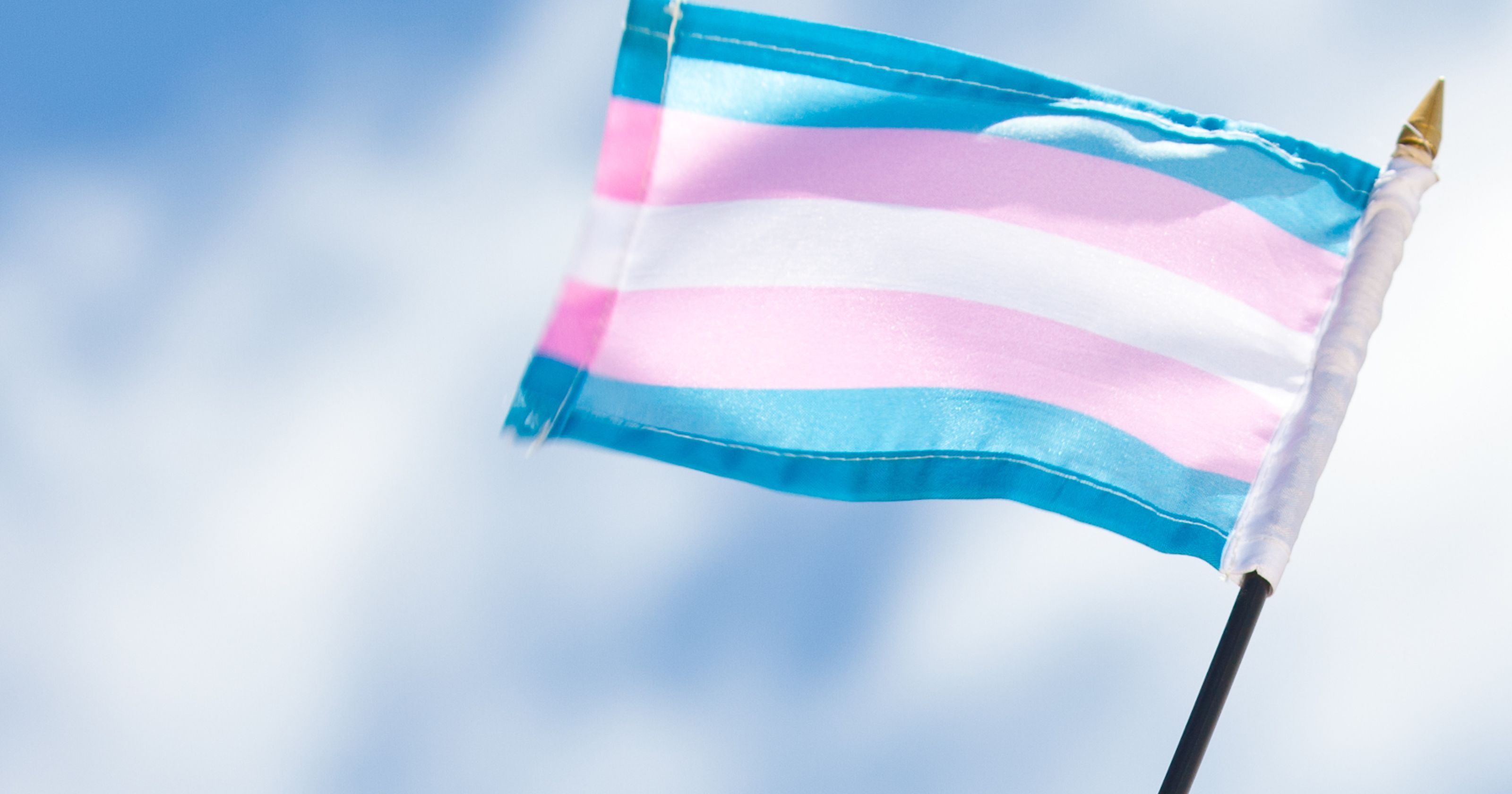Everyone has heard the phrase “representation matters” during discussions about having more diverse characters in the media, and lately, with movies such as “Wonder Woman,” “Coco,” “Black Panther” and “Love, Simon” finding immense critical and commercial success, directors have taken notice. Other areas of society, however, aren’t as accepting, and transgender teachers are well-aware of that fact.
As important as it is in the media, representation needs to go beyond the screen and into the real world, especially into the areas of life that most directly affect children. Outside of the media they consume, relationships with their parents and their close friendships, students interact with few individuals more commonly and more intensively than they do with their teachers.
As a result, having students interact with a diverse group of educators can be instrumental in helping them form an inclusive worldview. That said, schools should place more emphasis on hiring a diverse staff, including transgender teachers.
First, because “transgender” is not the only gender identity housed under the T of LGBT, some definitions are necessary to discuss. Gender-nonconforming identity, an umbrella term that refers to anyone who does not stereotypically identify as the gender they were assigned at birth, encompasses a variety of identities outside of just the T in LGBT, such as agender, non-binary and gender fluid.
Agender describes an individual who does not have a specific gender identity or who aligns closer to gender neutral. Nonbinary describes an individual who does not use a binary category, such as man and woman or male and female.
Gender fluid describes an individual who does not have a fixed gender. Lastly, transgender specifically describes “gender identity wherein one’s assigned biological sex doesn’t match their felt identity.”
To some, the different identifications all mean the same thing: an individual simply does not identify as the gender they were assigned at birth. Clumping the identifications together, however, insults the individual by blurring the uniqueness of their identity.
In 2011, when the Williams Institute released their estimate of the number of transgender people in the country, they reported the size of the population to be around 700,000. However, in 2016, new data debunked their findings, as federal and state census information found 1.4 million to be a more accurate number, effectively doubling the initial analysis.
As a result, more people identify as gender-nonconforming than researchers originally estimated, meaning their representation in the workforce, including the education system, is much more prominent than previously thought.
According to a small survey conducted by NPR, about 21 percent of gender-nonconforming teachers responded to using gender identities that were not bound to one gender, identities such as transgender, nonbinary, gender fluid or gender queer.
Furthermore, the survey found that 38 percent of the teachers were under 30-years-old and that 37 percent of them have been teaching for about five years or less. From the small pool of transgender teachers that they interviewed, quite a few teachers are young, new to teaching and gender nonconforming. Unfortunately, NPR observed that 56 percent of this pool has experienced workplace discrimination, such as misgendering or worse, primarily from administration or colleagues.
Although over a million people identify as transgender, they seem reluctant to share their experiences because of harassment in their workplaces. Conflating identities, misgendering and discrimination are piling and ongoing experiences transgender teachers push through in their professional lives.

Misgendering is when a person refers to a transgender by the wrong pronoun. For instance, when someone calls a transwoman he or him, they are misgendering the transwoman. NPR notes that this is “one of the most common forms of verbal harassment mentioned by our survey respondents.”
In other words, once a transgender teacher comes out to their colleagues and repeatedly corrects them on the preferred pronoun, the colleagues are acting hostile because the teacher is transgender.
Moreover, many transgendered teachers have considered moving to another state. In the United States, only 15 states explicitly and legally prohibit discrimination by gender. Transgender teachers have also thought about leaving the profession altogether because most states do not have protections for transgender teachers or prohibit discrimination by gender.
Teachers are the unspoken heroes of the youth because they handle bigger issues than prepping students for the SAT and ACT exams, and despite the pressure to leave the workforce, transgender teachers persevere.
At a professional level, transgender teachers experience more harassment from their colleagues than their own students. At a personal level, some of them discovered a personal calling to make their classrooms safe spaces for their students.
The few transgender teachers who have stayed and opened up in their classrooms have turned out to be role models for their students. After all, transgender teachers bring new perspectives to their teaching styles, such as making their classrooms safe spaces for LGBT topics, in contrast to the norm of white cisgender women who make up the majority of teachers.
Transgender teachers show that students who are questioning their gender identity, regardless of how they identify, can still be successful in their career. After years of reflecting on what gender they truly are, transgender teachers confidently express their gender nonconforming identity through thick and thin.
For instance, Kit Golan, another transgender teacher in New York City, told NPR that after Golan made his gender nonconforming identity known in a school assembly and asked his colleagues and students to use his correct pronouns, Golan received a letter from the parents of a student, who had a brother who was transgender and had never met a transgender adult before.
Transgender teachers also experience unforeseen levels of comfort in their students and can even change the students’ lives. For instance, Chris Smith from New York City had a student approach him about being involved in sex work because the student felt comfortable sharing this with him. Although it is not related to gender identity or gender nonconforming, Smith knew he had an obligation to help his student, not just as a teacher in academia but also in the world outside of academia.
Representation in the real world is just as empowering — if not more empowering — than representation in the media, which is why transgender teachers can be a vital aspect of the education workforce. At the end of the day, because gender nonconforming students experience more bullying and suicide than any other group of students, transgender teachers amplify the quiet issue and open it for discussion.

















